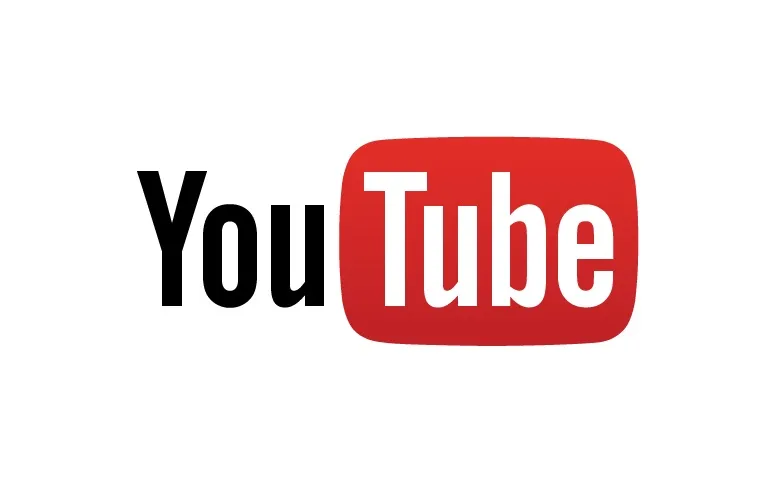YouTube has come under fire as its “Restricted Mode” viewing seems to be censoring content from LGBTQIA YouTube creators. The so-called “Restricted Mode” was implemented as a way to hide more objectionable content from younger viewers. Unfortunately, according to the mode’s initial implementation, some content created by LGBTQIA YouTubers was considered “objectionable” and were thus hidden from view.
A lot of the censored content has to do with issues around coming out and daily life video updates from some of YouTube’s most prominent creators. Even worse, musical duo Tegan & Sara, whose work is often unapologetically focused on LGBTQIA issues, found that a few of their music videos were hidden under YouTube’s new mode.
According to a statement issued to The Guardian by a YouTube spokesperson, the mode is an “optional feature used by a very small subset of users,” and if enabled, videos “that cover subjects like health, politics and sexuality may not appear.” As well, the official YouTube Creators Twitter account, which serves as a focal point for a lot of YouTube’s independent creators, tweeted something like an apology yesterday evening.
A message to our community … pic.twitter.com/oHNiiI7CVs
— YouTube Creators (@YTCreators) March 20, 2017
The apology doesn’t exactly address the glaring worry that many YouTubers have already pointed at, which is that LGBTQIA issues are being considered mature or objectionable. It’s a blanket label that speaks to a lack of understanding with regards to the members of the LGBTQIA community. Throwing a “this is adult material” blanket over every video involving LGBTQIA issues is a damaging and limiting restriction.
Around this time last year, YouTube caught flak for pulling ad revenue opportunities from videos that talked about things like depression and even acne treatment. The reason for the pulled ad revenue? The videos weren’t considered to be “ad-friendly.” The move felt a bit like YouTube was kowtowing to the demands of ad execs and sales reps, selling their creators down the river in order to make money. True, it’s important for YouTube to monetize, but the overly restrictive guidelines there brought about a backlash that resulted in them having to re-think how they view videos as “worthy” of monetization.
With this “Restricted Mode,” there are a few differences, but for the most part, the story is the same. YouTube has put itself in charge of deciding what videos are objectionable or inappropriate. Now, it isn’t exactly clear how videos are flagged as mature or inappropriate; it could very well be based on flags reported by users or it could be a group of people within YouTube making such decisions. But what is clear is that whatever they’re doing now isn’t working. It’s too strict, and the wrong videos are getting caught up in a blanket sweep that doesn’t feel too well-thought-out in the first place—and that’s the most frustrating thing of all.
It’s a common problem one sees in tech; understanding and insight from users who might be affected by a change are often sacrificed in the name of fast, agile development. “Innovating” is synonymous with getting there first, and the experiences of those who are already marginalized end up getting left farther on the wayside. It really feels like with just a little more thought and a little more input from the creators who helped establish YouTube as the video platform of the internet, such a tool could be better than it is right now—these problems could have easily been avoided. But because they decided that they knew better than those who used their platform, this all just becomes another false step in a longer line of mistakes.
(via BBC)
—The Mary Sue has a strict comment policy that forbids, but is not limited to, personal insults toward anyone, hate speech, and trolling.—
Follow The Mary Sue on Twitter, Facebook, Tumblr, Pinterest, & Google+.









Published: Mar 20, 2017 01:26 pm